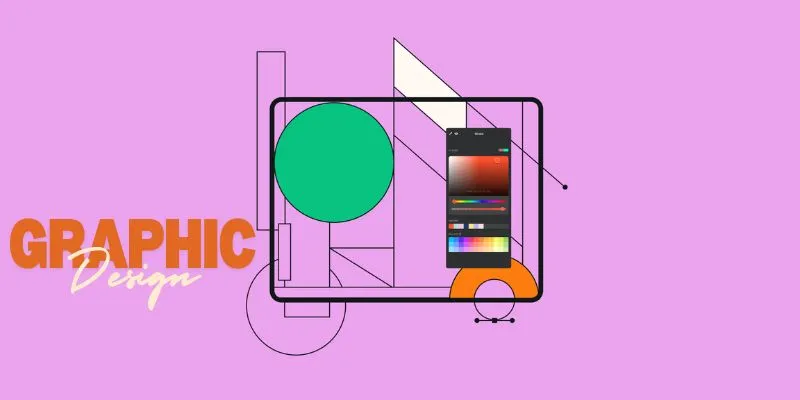
In the realm of graphic design, visuals hold immense power. Beyond their aesthetic appeal, visual elements have the potential to evoke emotions, convey messages, and even influence behaviour. From the colours we choose to the layout we design, every element plays a crucial role in shaping how viewers perceive and interact with our creations. In this blog post, we’ll delve into the art and science of leveraging visual elements to influence behaviour in graphic design effectively. Moreover, if you’re eager to deepen your understanding of graphic design and refine your skills, consider enrolling in a Graphic Design Courses in Bangalore offered at FITA Academy with a curriculum that flows seamlessly from theory to practical application.
Understanding the Psychology of Visual Perception
The journey of influencing behaviour through visual elements begins with understanding how the human mind perceives and interprets visual stimuli. Explore principles of Gestalt psychology, such as proximity, similarity, and closure, to grasp how viewers make sense of the visual world around them.
Harnessing the Power of Colour
Colour can evoke emotions, trigger memories, and communicate messages without uttering words. Dive into the psychology of Colour, exploring how different hues can elicit specific responses and behaviours from viewers. Learn to strategically use Colour palettes to evoke desired emotional responses and guide viewer actions.
Graphic design plays a crucial role in shaping consumer perceptions and decisions. By creating visually appealing and informative designs, businesses can capture attention and evoke emotions that influence purchasing behavior. How can graphic design influence consumer behavior? The answer lies in its ability to create brand identity, guide decision-making, and establish trust, all of which directly impact consumer choices. Effective design can also highlight key product features, making it easier for consumers to understand and connect with what’s being offered.
The Impact of Typography on Perception
Typography isn’t just about choosing pretty fonts; it’s about effectively conveying your message and influencing reader behaviour. Explore the psychology behind typefaces, understanding how font choice, size, and spacing can affect readability, comprehension, and emotional resonance. Discover how typography can shape brand identity, evoke moods, and guide user interactions. Through the Graphic Design Courses in Marathahalli individuals can gain in-depth knowledge and practices in Typography.
Crafting Compelling Visual Narratives
Humans are natural storytellers, and visual narratives provide a powerful medium for engaging audiences and driving desired behaviours. Learn the art of storytelling through graphic design, weaving cohesive narratives that capture attention, evoke empathy, and inspire action. Explore techniques such as visual hierarchy, pacing, and symbolism to craft compelling stories that resonate with viewers on a deep emotional level. Also, check out the Training Institute in Bangalore.
Designing for User Experience
User experience (UX) design influences behaviour, directly impacting how users interact with and respond to visual elements. Dive into UX design principles, focusing on usability, accessibility, and user-centered design practices. Learn to create intuitive interfaces, streamline user workflows, and remove barriers that hinder desired behaviours.
Typography is a fundamental element in graphic design that influences readability, hierarchy, and the overall aesthetic of a design. It helps convey the message clearly and effectively, setting the tone and mood of the project. By selecting the right fonts, sizes, and spacing, designers create a visual structure that guides the viewer’s attention, ensuring a smooth and engaging experience. What role does typography play in effective Graphic Design? It’s not just about choosing pretty fonts but about making design functional and visually appealing.
In the dynamic world of graphic design, the ability to influence behaviour through visual elements is both an art and a science. By understanding the psychology of visual perception, harnessing the power of Colour and typography, crafting compelling visual narratives, and prioritizing user experience. Designers can create impactful designs that drive meaningful actions and outcomes. So, whether you’re designing a website, a poster, or a brand identity, remember the profound influence visual elements hold and wield them wisely to shape the world around you. The Coaching Centre in Bangalore provides structured guidance and hands-on experience to help you master the principles of visual communication and unleash your creative potential.
